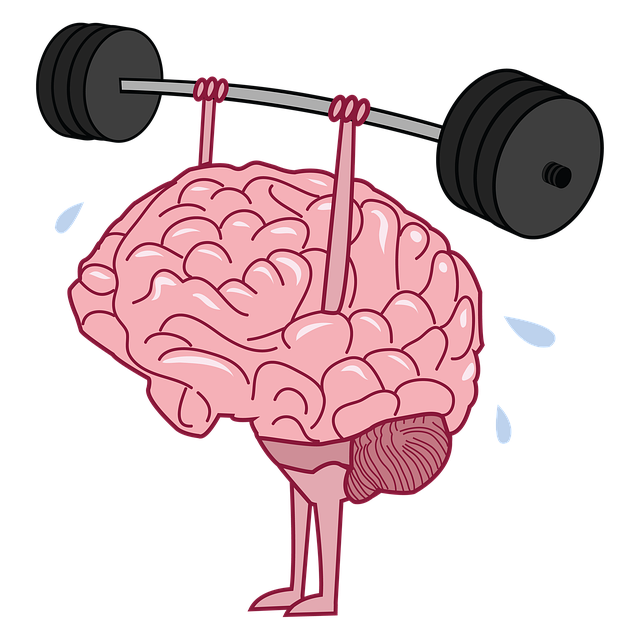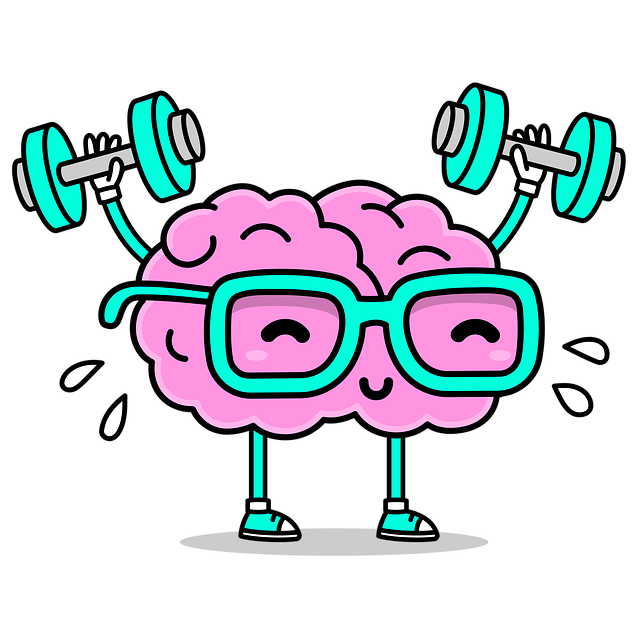Lafayette American Sign Language (ASL) therapists master crisis intervention through situation assessment, cultural sensitivity, and personalized strategies. Using ASL interpretation and visual empathy tools, they stabilize emotions and build resilience. Post-crisis, their holistic approach offers specialized support, conflict resolution skills, and mental health awareness for tailored recovery. Lafayette ASL Therapy ensures deaf and hard-of-hearing individuals receive comprehensive, effective care.
In the critical moment of crisis, Lafayette American Sign Language (ASL) therapists play a vital role in providing timely intervention. This article offers comprehensive guidance on crisis intervention strategies tailored for ASL therapists. We begin by demystifying crisis intervention with a brief overview, delving into key aspects like assessing situations, identifying signs and triggers through nuanced communication techniques. Additionally, we explore post-crisis support essential for client healing and recovery, ensuring Lafayette ASL therapy practices are equipped to make a profound difference.
- Understanding Crisis Intervention: A Brief Overview for Lafayette ASL Therapists
- Assessing the Situation: Identifying Signs and Triggers in Clients
- Effective Communication Strategies: Building a Bridge with ASL
- Post-Crisis Support: Nurturing Healing and Recovery
Understanding Crisis Intervention: A Brief Overview for Lafayette ASL Therapists

Crisis intervention is a critical skill for any mental health professional, especially those specializing in American Sign Language (ASL) therapy, like those practicing Lafayette ASL Therapy. It involves providing immediate and effective support to individuals experiencing a crisis, whether it’s an emotional breakdown, a traumatic event, or a sudden loss. The primary goal is to help the individual feel safe, stabilize their emotions, and guide them towards long-term solutions.
For Lafayette ASL therapists, understanding the unique communication needs of deaf and hard-of-hearing individuals is essential during crisis intervention. This may involve adapting traditional therapy techniques, incorporating sign language interpretation, and utilizing specific strategies such as building empathy through visual means and teaching resilience skills tailored to the cultural context. Mental Health Education Programs Design can play a vital role in equipping therapists with the knowledge to handle diverse crises effectively. By focusing on both the individual’s immediate needs and their long-term mental health, Lafayette ASL therapists can offer comprehensive support, fostering a sense of security and empowerment in their clients.
Assessing the Situation: Identifying Signs and Triggers in Clients

When providing crisis intervention, assessing the situation is a critical first step. This involves identifying both overt and subtle signs that indicate a client is in distress. At Lafayette American Sign Language Therapy, we recognize that individuals may communicate their struggles through non-verbal cues or unique expressions rooted in their cultural backgrounds. Our trained therapists are adept at deciphering these signals, which can range from changes in body language and facial expressions to specific requests for help or avoidance of certain topics.
By understanding the triggers that set off a crisis, whether it’s related to trauma, anxiety, or another issue, we can tailor our intervention strategies accordingly. This personalized approach includes implementing effective communication methods like Social Skills Training, leveraging Mind Over Matter Principles to foster resilience, and in some cases, referring clients to community outreach programs designed to offer comprehensive support networks.
Effective Communication Strategies: Building a Bridge with ASL

In crisis intervention settings, effective communication is key to providing support and guidance. One powerful tool that bridges the gap between hearers and sign language users is American Sign Language (ASL), specifically practiced by professionals like those at Lafayette American Sign Language Therapy. Using ASL ensures a more inclusive and accessible conversation, breaking down barriers often present in mental health discussions. This visual language allows for clear expression of emotions and thoughts, fostering an environment where individuals feel understood and heard.
In the context of depression prevention and mental illness stigma reduction efforts, ASL can be a game-changer. It facilitates open dialogue, enabling sign language users to share their experiences without fear of miscommunication. Additionally, this method can enhance overall mental wellness by providing a unique channel for self-expression through journaling exercises guided by ASL. Incorporating such strategies ensures that support is tailored to meet the needs of diverse communities, promoting better mental health outcomes.
Post-Crisis Support: Nurturing Healing and Recovery

After a crisis, providing sustained support is vital for fostering healing and recovery. The immediate aftermath of a traumatic event can be a delicate period where individuals often require specialized assistance to navigate their emotional state and rebuild resilience. Lafayette American Sign Language Therapy offers a unique approach to post-crisis support, focusing on the unmet needs of those affected.
This therapy recognizes that every individual’s healing journey is different, and it aims to empower clients by teaching them effective conflict resolution techniques and promoting mental health awareness. Through tailored interventions, they nurture self-esteem improvement, enabling individuals to develop coping strategies and regain a sense of control. By addressing the emotional scars left by crises, Lafayette American Sign Language Therapy facilitates a transformative process, helping people rise from the challenges and embrace a brighter future.
In conclusion, crisis intervention plays a pivotal role in supporting individuals experiencing distress. For Lafayette American Sign Language (ASL) therapists, understanding these strategies is essential to effectively communicate and provide post-crisis care. By recognizing signs, employing ASL communication techniques, and offering nurturing support, therapists can significantly impact their clients’ healing and recovery processes, ensuring a more hopeful and resilient future for all.









